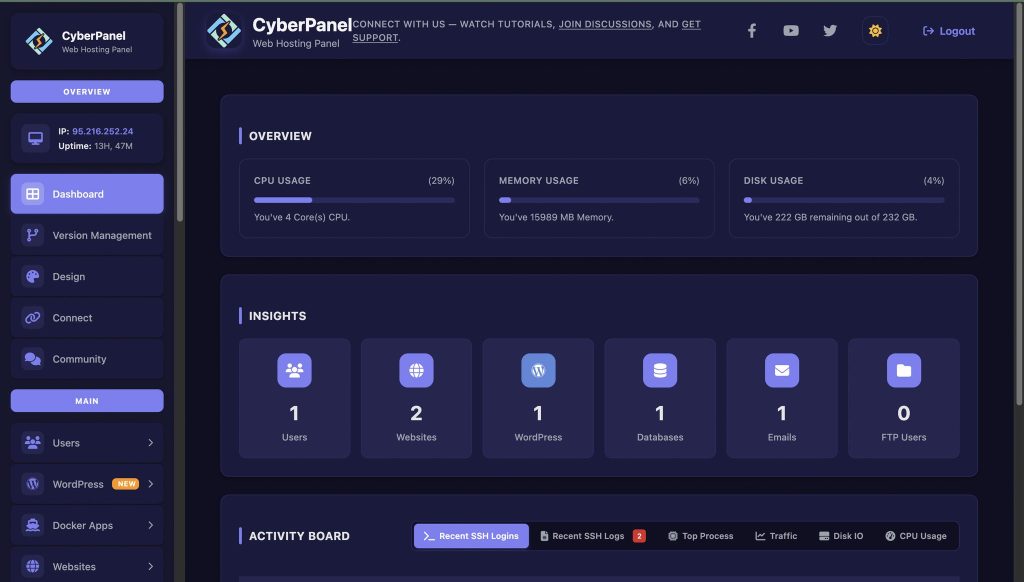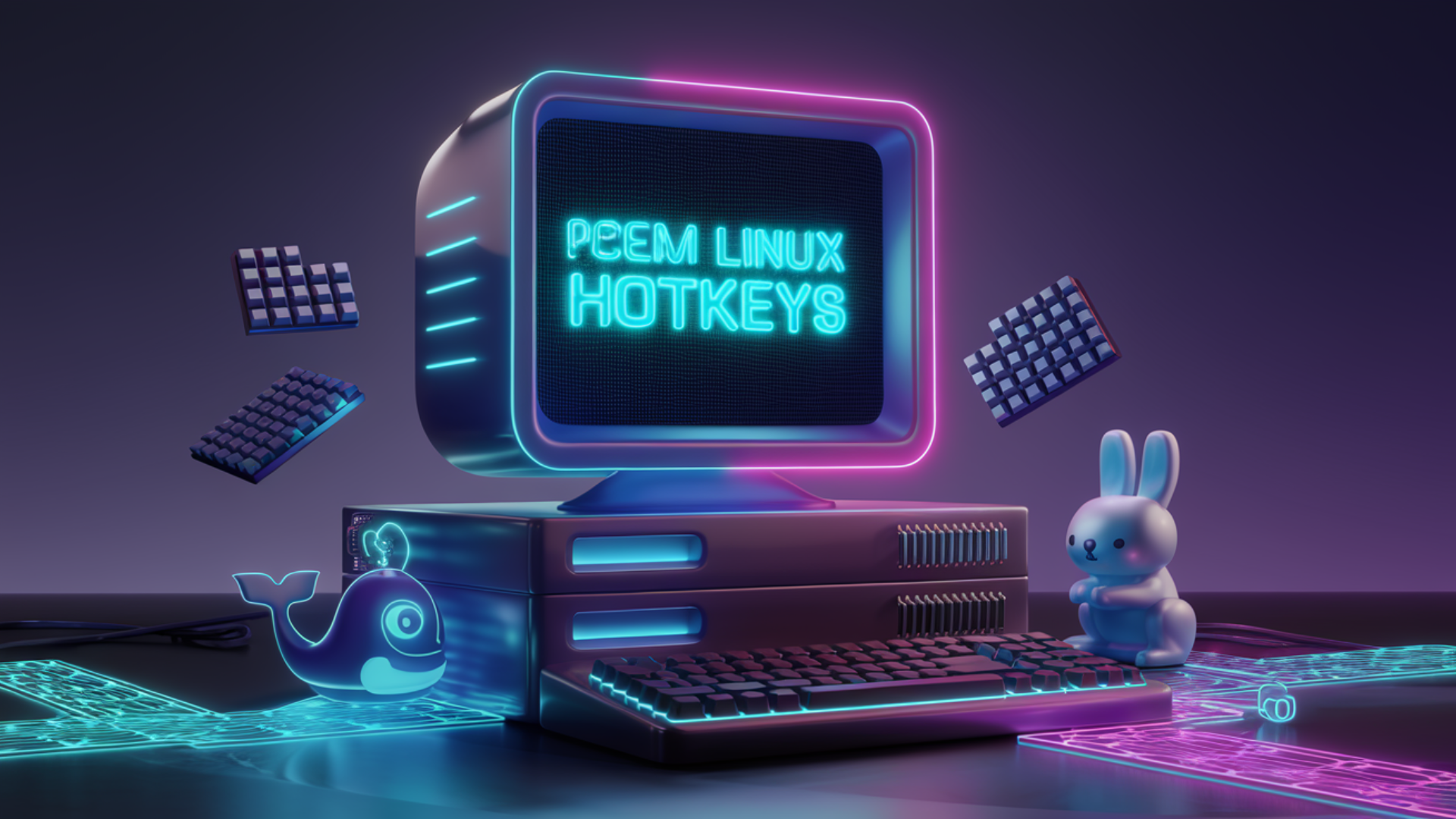Using PCem on Linux is much smoother once you know the key combinations to press for various emulator functions. PCem Linux hotkeys give you fast and easy access to core emulator features, eliminating search times any time you want to use debugging features, change the video renderer, or configure PCem settings from drop-down menus. There’s no sense of urgency in inheriting older operating systems or emulating vintage computers if you’re keeping track of your window manager’s activities or using physical keyboard layouts, so again, knowing these shortcuts will help your workflow, game play from legacy operating systems, and also your productivity, ultimately.
Hotkeys are very conducive to emulation, especially when you are testing varying environments, changing disk images, and restarting your emulated machine. Within the context of using a hotkey, it can feel like your PCem experience is seamless, just as if you were utilizing the original hardware. In this guide, we will cover all the PCem Linux hotkeys you should know about, including how to utilize them effectively, enhancements for the PCem emulator, and other customizations to optimize your hotkey usage and boost productivity.
Whether you’re completely new to PCem or have been using PCem for years, this guide will help you understand and enjoy using PCem hotkeys in an operating environment. Let’s get started.
What Are Hotkeys in PCem on Linux?
Hotkeys are special keyboard shortcuts that call on certain emulator functions directly instead of going through a graphical user interface. For example, you can initiate the emulator, suspend it, reset it, and control various hardware functions all through hotkeys instead of going to the GUI menus. If you are hoping to save some time and focus more on the emulation experience, PCem hotkeys on Linux are certainly worth the time to learn.
Why Should You Learn PCem Hotkeys on Linux?
Hotkeys in PCem on Linux can immensely increase your speed, accuracy, and control during the emulation session. Rather than fumbling through onerous and wordy menus, you can instantly execute system functions. This can help you test changes more efficiently, as well as allow for a much smoother emulation experience for both developers and retro PC enthusiasts.
Common PCem Linux Hotkeys You Should Know
Here is your quick list of the most useful hotkeys when running PCem on Linux:
Get exclusive access to all things tech-savvy, and be the first to receive
the latest updates directly in your inbox.
| Function | Hotkey |
|---|---|
| Start/Stop Emulation | F12 + S |
| Reset Emulator | F12 + R |
| Fullscreen Toggle | Alt + Enter |
| Insert Floppy Disk | F12 + F |
| Eject Floppy Disk | F12 + E |
| Screenshot | F12 + P |
| Configuration Menu | F12 + C |
How Can I Adjust PCem Hotkeys in Linux?
PCem supports changing the default hotkeys in the configuration menu. Go to Settings->Keyboard Shortcuts, and you can assign whichever keys work with your workflow. Once you customize PCem hotkeys, make sure they don’t clash with the shortcuts already set by your Linux desktop.
Troubleshooting PCem Hotkeys in Linux
If the hotkeys aren’t working, the first thing to look at is to check if the hotkeys you are using have been assigned in your desktop environment or window manager. You may have to reassign them in PCem or your Linux desktop system. It’s also important to make sure your key layout matches the key mapping expected by the emulator.
The Role of CyberPanel

CyberPanel, a next-gen web hosting control panel. does not configure PCem directly, but it can be useful for developers managing multiple test environments. By hosting images, ISOs, or archives in a CyberPanel server, you can quickly and easily access and load the files into PCem without having to switch systems. It can assist a developer in making remote testing easier to manage.
Wrapping Up!
Learning and customizing the PCem Linux hotkeys gives you control over speed and fewer interruptions during your emulation experience! Begin using PCem hotkeys to help automate your testing, development, or retro computing workflow today!
People Also Ask
Are PCem Linux hotkeys the same as on Windows?
Mostly, yes. A few may differ due to Linux desktop shortcut conflicts, which can be adjusted.
Can I create custom macros for PCem hotkeys on Linux?
Yes. Advanced users can map PCem hotkeys to macro tools or external scripts for complex operations.
How can I fix hotkeys not working in PCem on Linux?
Disable or change conflicting desktop shortcuts, and check your keyboard layout settings in PCem.




